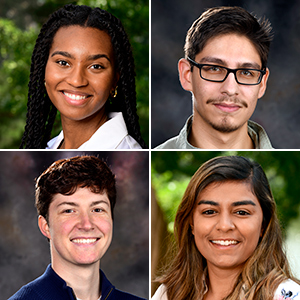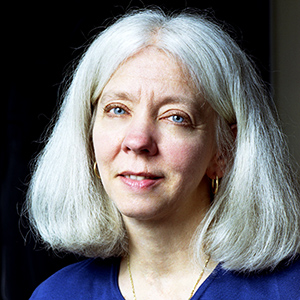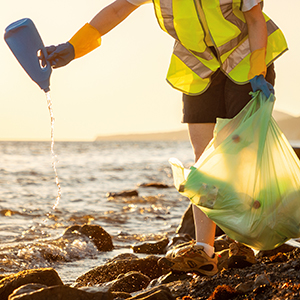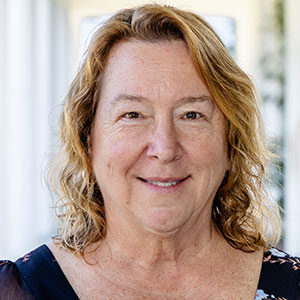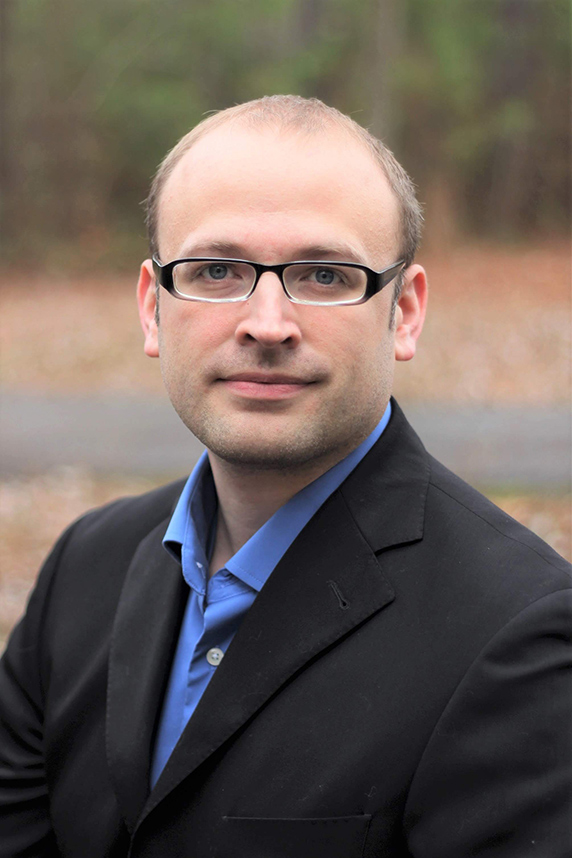 “I learned scientifically how to ask important questions, how to frame important questions, and how to investigate them,” Schellenberg said. (Photo courtesy of Matthew Schellenberg)
“I learned scientifically how to ask important questions, how to frame important questions, and how to investigate them,” Schellenberg said. (Photo courtesy of Matthew Schellenberg)In August, visiting fellow Matthew Schellenberg, Ph.D., transitioned to the Mayo Clinic Graduate School of Biomedical Sciences as a tenure-track professor. There, he will start his own laboratory, expanding on his research that shows how certain proteins can repair damaged DNA. That research could open the door to improved cancer treatments.
At NIEHS, Schellenberg worked under the mentorship of Scott Williams, Ph.D., deputy chief of the Genome Integrity and Structural Biology Laboratory. Schellenberg said the guidance and resources available to him as a fellow were critical to his professional development. A major achievement came in 2017, when one of his studies was published in the journal Science.
A game-changing paper
“Part of the reason I came to NIEHS is that I realized it is set up to train [postdoctoral fellows], whereas at a university, the focus generally is more on graduate students,” said Schellenberg in an Environmental Factor interview. “Postdocs are well-supported. The core facilities are staffed with people who will teach them new things. That was really instrumental in my ability to put out this very comprehensive paper that ultimately got me my new job.”
In that paper, Schellenberg showed for the first time how the proteins ZATT and TDP2 work in unison to repair DNA protein crosslinks. Those crosslinks, which can result from chemotherapy treatments, are dangerous — they can cause cell death and disease, among other negative side effects. Knowing how such DNA damage can be fixed may lead to better cancer drugs.
“By interrogating these pathways, we come up with ideas on what makes chemotherapy fail because the tumor is resistant to it, and what makes it work because the tumor is susceptible to it,” Schellenberg noted. “At the same time, we’re dissecting the mechanisms of cancer treatment — how these drugs actually work.”
Prepared to succeed
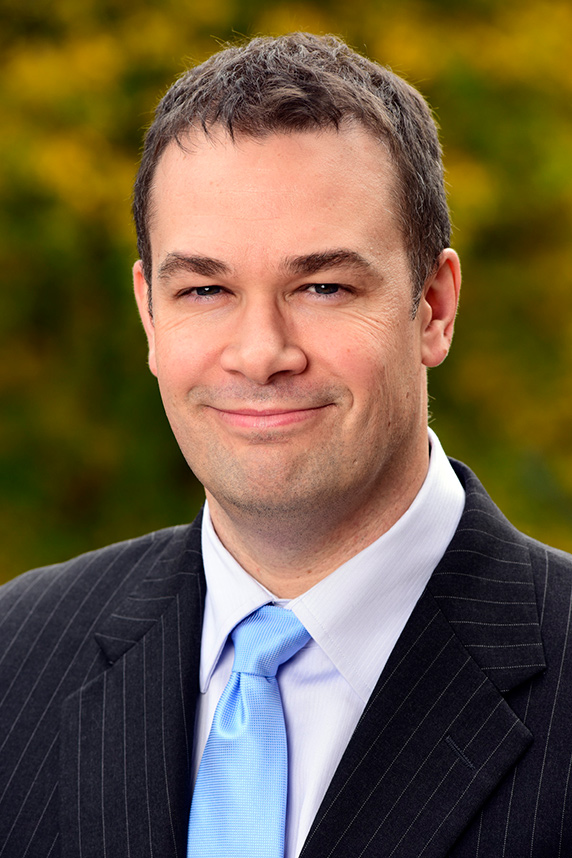 “The Mayo Clinic is a world-renowned research and treatment institution, and we are all very excited for Matt,” said Williams. “He is a gifted mentor and has a fearless approach to experimentation, and his perseverance will continue to serve him well in his future endeavors. We wish him the best of luck!” (Photo courtesy of Steve McCaw)
“The Mayo Clinic is a world-renowned research and treatment institution, and we are all very excited for Matt,” said Williams. “He is a gifted mentor and has a fearless approach to experimentation, and his perseverance will continue to serve him well in his future endeavors. We wish him the best of luck!” (Photo courtesy of Steve McCaw)At the Mayo Clinic, Schellenberg will branch out and study different proteins and different types of DNA damage involved in chemotherapy. He credits mentorship from Williams and resources at NIEHS for helping him to develop the skills needed to build a long-term research project. “When you’re applying for an academic job, they want to see that you have a plan. Having a forward-thinking vision was really nurtured at NIEHS,” he said.
Schellenberg also pointed out that he participated in various NIEHS workshops aimed at boosting postdocs’ grant- and paper-writing skills. As a result, his ability to communicate his research improved significantly. During his time at the institute, he twice received the prestigious National Institutes of Health Fellows Award for Research Excellence, which requires applicants to submit an abstract that explains their work clearly.
According to Schellenberg, one of the most important professional development resources at NIEHS is its people — the experts across the institute who are willing to ask and answer difficult scientific questions, helping their colleagues strengthen their research. He encouraged postdocs to take advantage of their collective knowledge. “You’d be surprised how insightful they are. You will learn some new approaches that are better than what you already know,” he said.
Citation: Schellenberg MJ, Lieberman JA, Herrero-Ruiz A, Butler LR, Williams JG, Munoz-Cabello AM, Mueller GA, London RE, Cortes-Ledesma F, Williams RS. 2017. ZATT (ZNF451)-mediated resolution of topoisomerase 2 DNA-protein cross-links. Science 357(6358):1412−1416.
(Jesse Saffron, J.D., is a technical writer-editor in the NIEHS Office of Communications and Public Liaison.)





